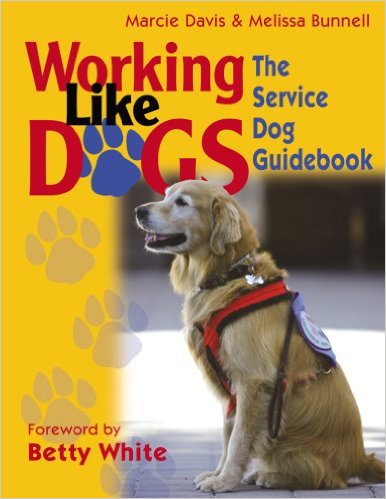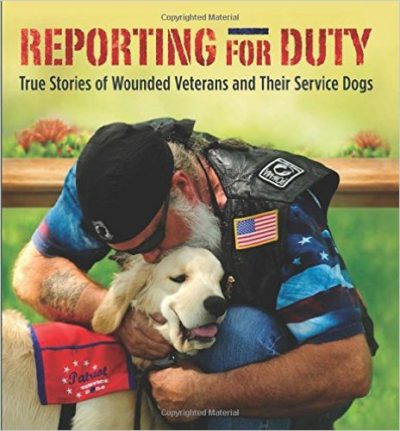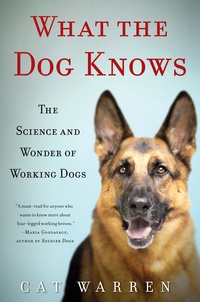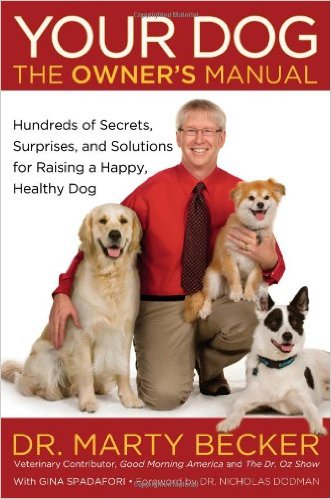 Service dog Whistle and his new friend, Bueno, after their first meeting
Service dog Whistle and his new friend, Bueno, after their first meeting
As an experienced assistance dog handler, you may consider yourself to be a total “dog person,” but that doesn’t mean you should assume it’s OK to approach every unknown dog. For me and Whistle, getting up close and personal isn’t always the best approach.
When I am out alone with Whistle and an unknown dog approaches us, it always makes me somewhat leery until I can discern whether the unknown dog is friendly or unfriendly.
Experts at Cornell University’s College of Veterinary Medicine give guidelines on various situations and say that in many cases, it’s best to not approach unknown dogs at all.
- Is the dog tethered with no person with them?
An unattended dog on a leash or tether might be more aggressive than usual. Even a wagging tail is not a surefire sign of a happy dog. It can also mean the dog is excited or aggressive. If the dog is in “his territory,” such as their yard, it could be an even worse situation, with the dog feeling trapped and that he needs to defend his territory.
- Is the dog leashed with their owner?
Always ask permission before approaching any dog, no matter how friendly they might appear. Once you have permission, invite the dog to approach you rather than vice versa. Don’t pet the dog on top of his head but offer a closed hand for him to sniff. Use a soft voice.
- Is the dog unleashed with their owner?
Whether you’re in a dog park or out on the street where the owner just isn’t following the leash law, it is not safe to initiate an interaction with the dog. In this scenario a dog might feel like it needs to protect the owner.
- Is the dog unleashed with no owner nearby?
Avoid contact with dogs in this situation. You really can’t always read the dog’s body language. If the dog approaches you and appears aggressive, you should stand still and avoid eye contact.
When I got my first assistance dog, I was trained to use my wheelchair as a buffer between an unknown dog and my service dog. And, in an extreme case, I was taught how to use my wheelchair to protect myself and my dog. Fortunately, I have only had to use this tactic once or twice during my life with a service dog partner. But, I can tell you that the aggressive dog did not like having a 200 pound wheelchair roll over his paw and it was a great diversion to give me and my dog some time to get out of that situation.
In one extreme case, my husband, Franz, had to intervene when a unknown dog came running out of a florist shop to attack Ramona when she and I were entering an outside elevator in Washington, D.C. Franz had to get aggressive with the dog in order to get him to stop the attack. It was a scary experience and it definitely had a negative impact on Ramona’s psyche. After that incident, she became more sensitive to unknown dogs.
Have you had any issues with unknown dogs? And, if so, what tactic worked for you and your assistance dog?





